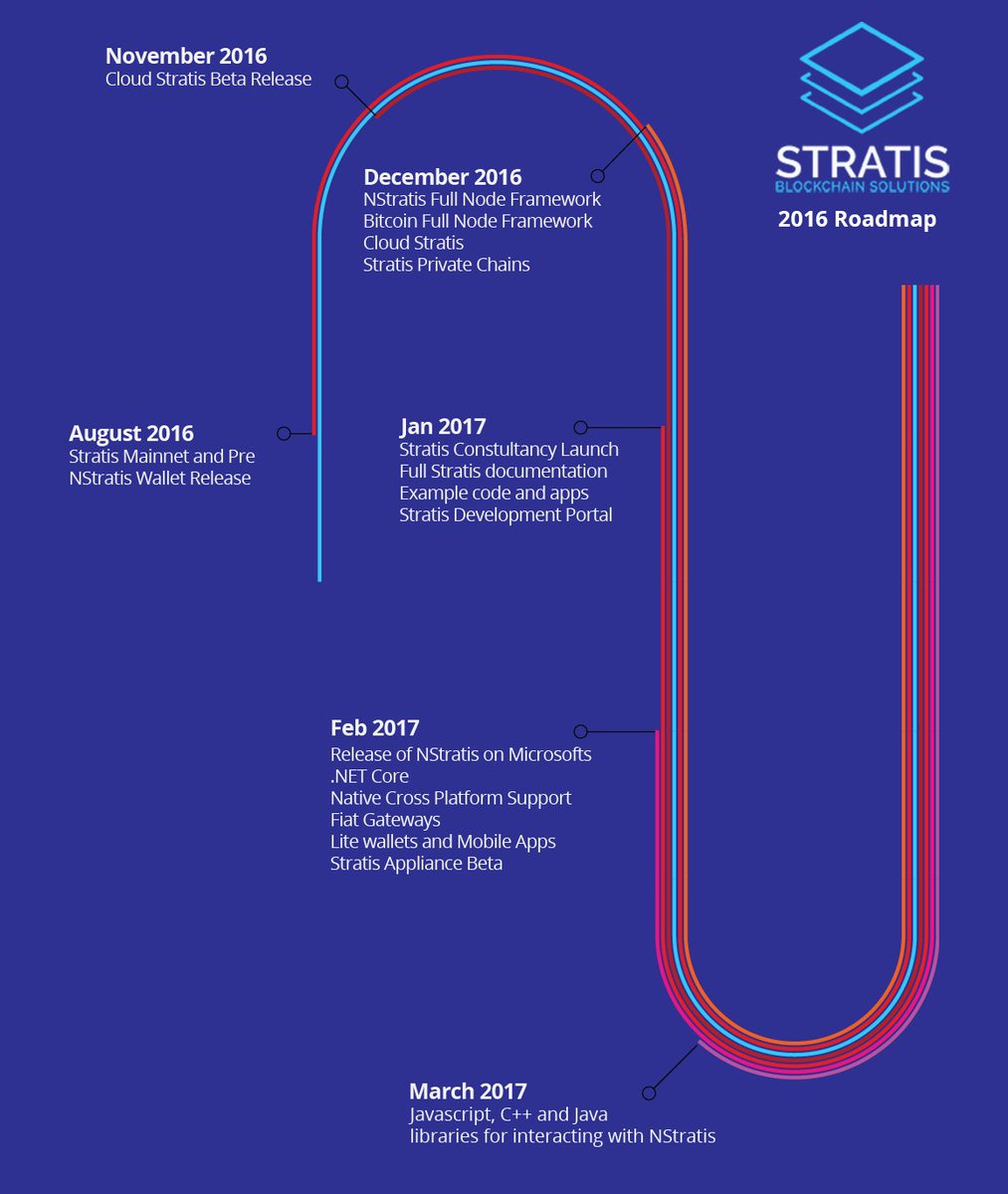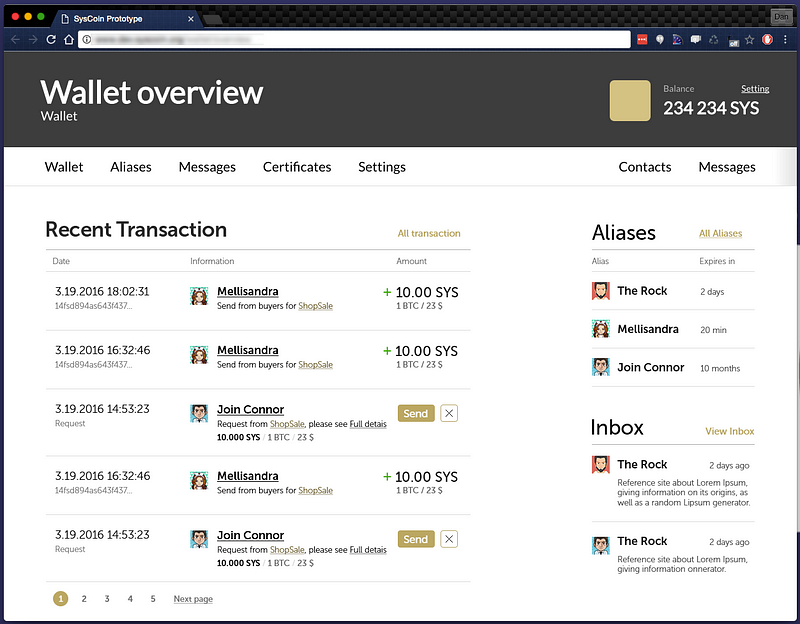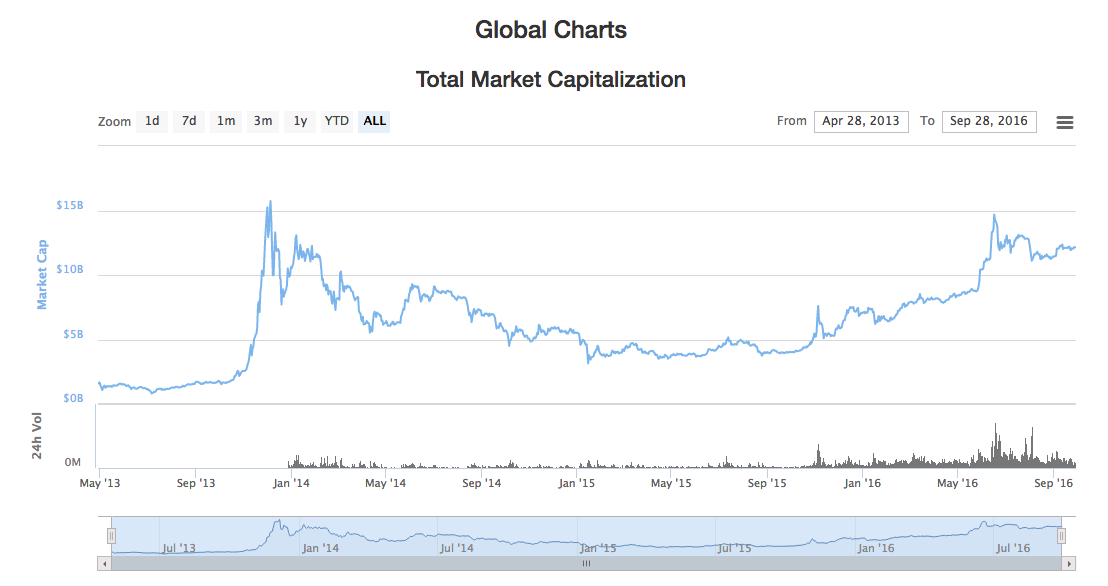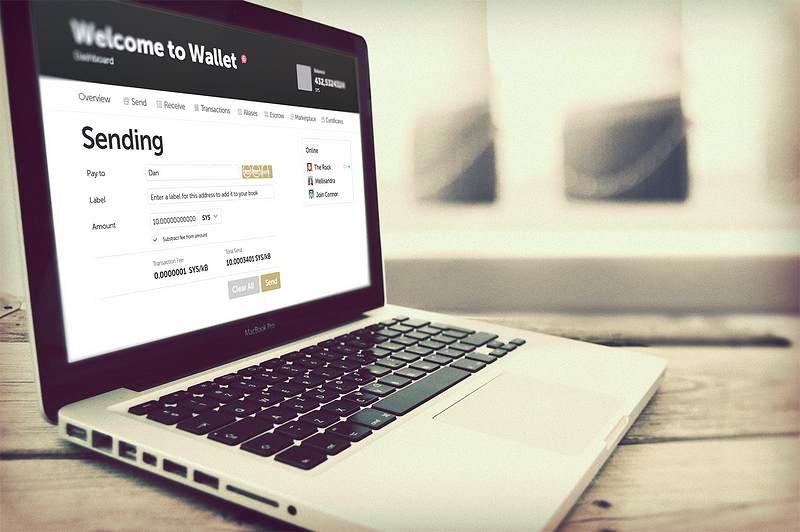Building an ‘Internet of Value’
Originally by ABA Banking Journal, by Monica C. Meinert.
In the 1900s, the international shipping industry was drastically different than what we know today. It was labor intensive, inefficient and lacked a universal standard—shipping methods and product packaging varied widely by country. Shipping anything around the world was a costly and time-consuming process. That is, until entrepreneur Malcolm P. McLean invented the shipping container in 1956.
McLean’s idea was to create a standard-sized shipping trailer that could be easily loaded and unloaded from cargo ships and transported on land via truck. The invention revolutionized the industry—in the 20 years after the shipping container was introduced, global trade exploded by more than 700 percent.
“Right now, we live in a ‘pre-shipping container’ global financial system,” explains Chris Larsen, CEO of Ripple, a global financial settlement solutions company. “We have a series of silo networks that don’t talk to each other. Correspondent banking tries to create interoperability, but it’s a clunky and antiquated system that doesn’t solve the problems we have today.”
If global payments go the way of the shipping industry, it would follow that some innovation would come along that could standardize and modernize the payments process. And if you’ve opened any financial newspaper recently, you’re likely to find people asking that very question about blockchain technology.
So is blockchain the “shipping container” for global financial transactions?
Not quite, Larsen says. In his view, blockchain is just one part of a much bigger picture: a whole “internet of value” that connects multiple blockchains, distributed ledgers and core systems with a simple, standardized “intra-ledger” protocol to allow for instant exchange of value across countries and time zones. Within the context of the internet of value, he adds, blockchain functions more as a new, innovative shipping company than the revolutionary shipping container itself.
Larsen—a longtime fintech player who previously co-founded and served as CEO of Prosper, a peer-to-peer lending marketplace and E-LOAN, a publicly traded online lender prior to founding Ripple—shared his vision for the internet of value and how Ripple is working to achieve it.
Q: How have payment demands changed for consumers and businesses over time?
The need for high volume, low value, real time global payments has never been greater. There are new types of corporations emerging that are becoming very big very quickly, and they’re everywhere, so we’ve got to reach everywhere. They’ve got to make small value payments, which is difficult given the way the current cross-border payments system works.
And then behind that, there is a “second wave” of things that we can’t even predict at this point—like the “internet of things”—where it’s not just devices exchanging data, but likely devices exchanging value. These are just two things that are pushing the world into having a more efficient infrastructure.
Those are good dynamics for banks. Banks with new infrastructure can serve more customers, they can serve their customers better, they can lower their costs. I think that’s why this is a good time to be looking particularly at this “internet of value” idea.
Q: What is the “internet of value” and how does Ripple work to achieve it?
Broadly, that is the big thing happening here. “Internet of value” simply means that we’re moving into a world where value—money, payments, etc.—moves like information moves today because of the internet. We used to live in a world where data did not move quickly—it was incredibly expensive to make a phone call between countries, you couldn’t reach people. That’s exactly what we have today in payments. And I think that that’s ending because of the technology breakthrough happened about seven years ago—starting with bitcoin—which simply meant that you didn’t need a central operator to exchange value.
Q: What do you see as the disruptive impact of the internet of value? What about banking will change as a result of this? What will stay the same?
Banks are actually really well-positioned because they are probably the best organizations in the world at reconciling the three domains of the internet of value: tech, compliance and risk. A lot of that compliance and risk is not going to change, and a lot of the tech is not going to change. Banks are pretty tech-heavy already, so most of what they do is not going to change.
What’s changing here is real-time settlement and how liquidity moves around the world. You now can have a network where value can move to parties you might not have a direct connection with. And that’s a big breakthrough. It should lower reconciliation costs for banks and it should make low value payments profitable. It should also allow for new services we haven’t even thought of yet. Once they get that low-cost structure [in place], this could open up a huge opportunity for banks and for fintech companies to develop things that just weren’t possible until now.
Q: How is Ripple different from other blockchain technology?
We’re trying to be a payments company that uses blockchain, rather than a blockchain company that’s trying to find a use case. We’re trying to address the time, the cost and the fail rates of cross-border payments, and also offer access to all kinds of banks and their customers.
Our belief is that this notion that the whole world is going to adopt a single distributed ledger is not realistic or possible, and doesn’t really solve the issue. We believe in the trend of distributed financial technology as a broader movement; our protocol is a way of connecting existing core systems—we think that’s a better approach.
Q: How does Ripple seek to partner with banks?
Banks are not looking for cool technology, they’re looking for solutions. We think Ripple should be way at the bottom of the payments stack—so that means that partnering with banks is essential. Banks are the core custodians of value, so they’ll be the heart of the internet of value. We’re only going to do a little bit, which is good for us as a company, because then we can focus all of our people on what’s really changing. Banks can piggyback on that and improve their market position.
Q: It seems like there are a number of different companies all working on different blockchain solutions. How do you see it all coming together?
There are going to be private blockchains that will coexist with centralized systems, so you might see things like that emerging. The big thing is having that interoperability between all the existing ledgers and all the new ones that are going to pop up for various use cases, such as securities settlement, loans, etc. It’s critical that you have a standard for inter-operability, which we think will look like an international ledger protocol. Without that “glue,” those systems just become more silo networks. We don’t necessarily think a bank has to change their core system or replicate their core system on some distributed ledger—we don’t think that’s the right approach.
Q: When you talk about developing a global standard, how does regulation play into it?
It’s really important that we don’t conflate the technology with rules and risk. Rules and risk are going to be handled in each jurisdiction by the regulators. The idea that tech can change that gets back to the idea of disruption—this idea that “fintech is just going to change everything.” I think when the fintech industry first came on board, that was the pitch. It was incredibly alarming to regulators, and kind of a setback, frankly. But I think now, regulators understand that when we’re just talking about the tech piece, it actually solves a problem, and as long as we’re talking low-level, that’s something everyone can get around.
For example, in China, you can’t get to Google or Facebook—that violates that country’s rules governing data. But IPs (the underlying technology that allows for internet connectivity) are everywhere because the tech is low-level enough. That’s how this has to be. The technology has to just focus on what is actually changing. That shouldn’t be rules or risk—the regulators should maintain that.
Q: What is the timeline for all this interconnectivity happening?
I think it’s happening now. I think 2016 is the year that we’ve seen the commercial productions now coming into play. My sense is that it’s going to be an avalanche effect: you’re going to see a cost advantage for the banks that create commercial products. They’re going to see new opportunities for new revenue, and at the same time, the integrations [for other banks] will get easier and easier. That’s a good dynamic now for adoption—and I think that has already started.
Q:How should bank CEOs be approaching the internet of value?
The really good news is that banks don’t have to worry about committing to a single application or single provider. The big thing happening here is really the idea of an open protocol. It’s just like the emergence of the internet. Think back to 1995, where companies might have hired U.S. Web or another company to build their first website. But [building the website] didn’t lock them into [that provider]—that was simply their on-ramp to the web. And then when that company went away, or they didn’t like them or it was too expensive, there was a whole industry there that they could turn to.
Q: Looking 10 years into the future, what will the international payments landscape look like?
I think we really will all take for granted that we have an internet of value, and we’ll look back and think, “Wait, you couldn’t send $1 to another country?” It just won’t compute. That will be really good for banks, and really good for growth globally.










































